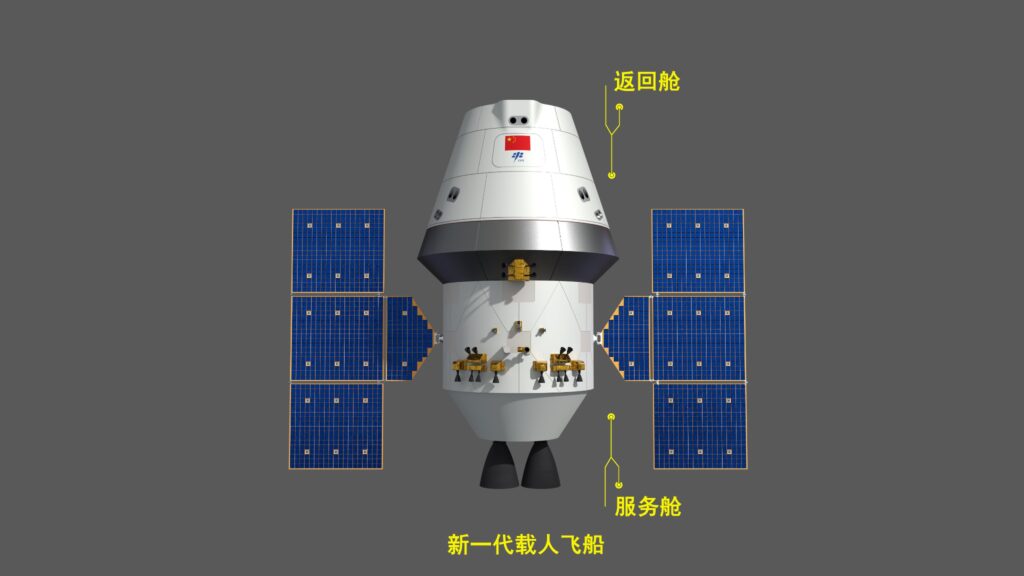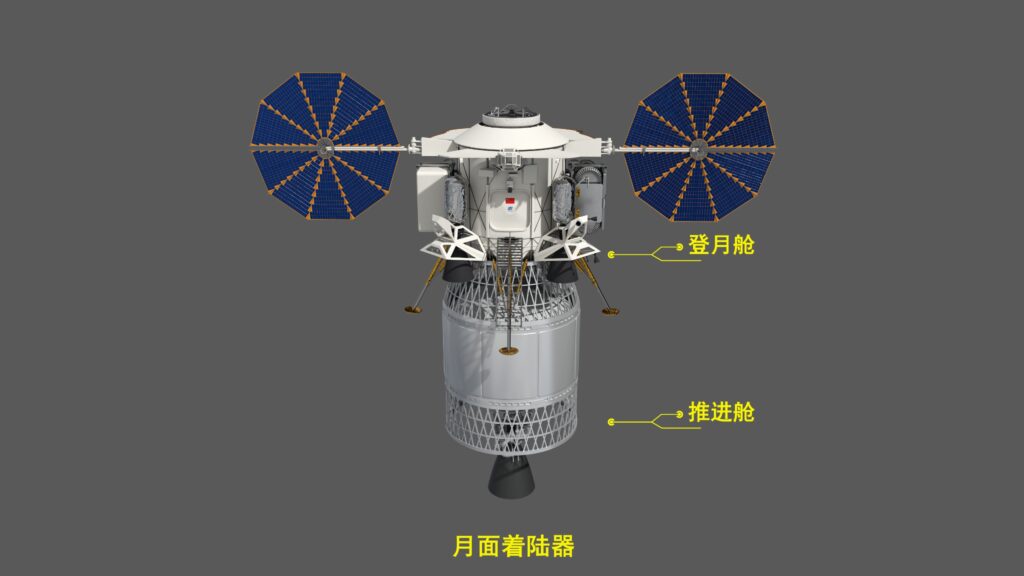China Academy of Launch Vehicle Technology (CALT) has reported the successful fire of the first stage of the new Long March 10 super-heavy rocket. In the future, it will land taikonauts on the Moon.
Long March 10 fire
The tests were conducted by the China Aerospace Science and Technology Corporation. They involved the Long March 10 first stage with three YF-100K engines mounted on it. They use kerosene as a propellant and liquid oxygen as an oxidizer. A total of seven such propulsion units will be placed on the first stage of Long March 10 during space launches. Most likely, they were limited to three on the fire test due to the capabilities of the test stand.
According to the CALT report, the test was a complete success. A second firing of the stage is planned in the near future to test it in different operating modes.
China’s lunar plans
This success is an important step towards the Celestial Empire’s highly ambitious program in which it plans to land taikonauts on the Moon by 2030. Long March 10 is assigned a key role in it. It is planned to create two modifications of the rocket. The less powerful one will be used to deliver people to Earth orbit. The lunar version of the Long March 10 will consist of two solid-fuel boosters and three stages and will be capable of launching 27 tons of cargo into near-lunar orbit.

The flight plan looks as follows. Two Long March 10 will be used for the Chinese lunar mission. One of them will put the Mengzhou spacecraft carrying taikonauts into orbit around the Moon, and the other will launch the Lanyue descent vehicle. They will dock, after which two taikonauts will descend to the surface while the third will remain in orbit. Expedition members will spend six hours on the Moon before taking off, joining their colleague in lunar orbit and returning to Earth.

At the moment, China hasn’t named the exact date of launching its lunar expedition. But it is known that its realization should take place before 2030. In turn, the Artemis III mission, in the course of which NASA plans to return humans to the Moon, is so far scheduled for 2026. But it is very likely to be postponed to a later date.
Earlier we told you how not to get confused about the designations of China’s Long March rockets.
According to Spacenews.com


